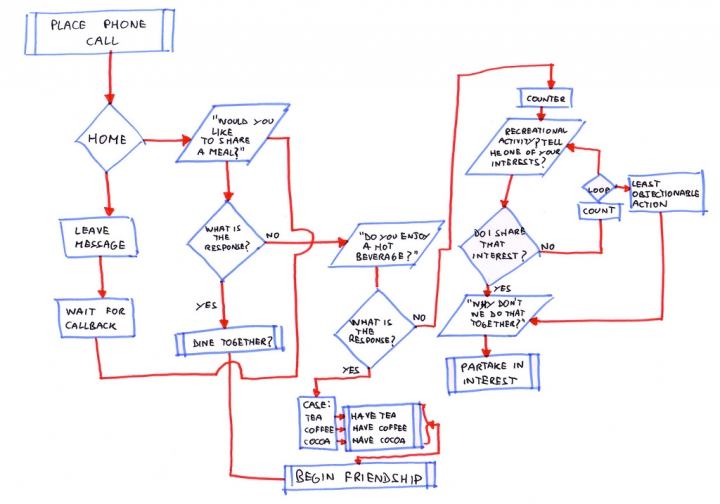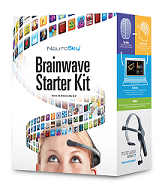 Merriam-Webster defines an algorithm as a step-by-step procedure for solving a problem or accomplishing some end. Algorithms can be developed for any process—from how to make your morning coffee to something as odd as establishing a friendship (diagram). In the biosensor world, you will hear phrases like EEG algorithms. What are EEG algorithms and what value do they serve?
Merriam-Webster defines an algorithm as a step-by-step procedure for solving a problem or accomplishing some end. Algorithms can be developed for any process—from how to make your morning coffee to something as odd as establishing a friendship (diagram). In the biosensor world, you will hear phrases like EEG algorithms. What are EEG algorithms and what value do they serve?
As we touched upon in our last blog, EEG bands provide some insight into our mental and emotional states of mind at any given time. But, how does one go from a squiggly waveform to a meaningful interpretation? The answer is algorithms. EEG algorithms, also known as interpretive models, help to identify and quantify categories of mental or emotional states.
Now that you’ve heard some of the basics, let’s stop to play a quick matching game.
Match the mental or emotional state choice for each of the following situations:
- Your credit card bill has arrived and you have insufficient funds to make a payment
- You’re reading two textbook chapters in a single evening
- You are trying to thread a needle so you can sew your socks
- You just drove 600 miles overnight to attend your best friend’s wedding
- You are listening to your favorite song from your high school days
- Your constant piano practice is paying off and you’re making fewer mistakes
Choices: A. focused, B. anxious, C. familiar, D. drowsy / sleepy, E. overloaded, F. enjoying
The term “algorithm” is often used rather loosely in the consumer EEG industry as a placeholder for the multitude of various modeling techniques that are used. Algorithmic models can be derived using a mix of software tools, theories and modeling methodologies that are too numerous and too complex for our purposes here—but you get the idea. Suffice it to say that an algorithm can be as simple as a mathematical formula to as complex as a machine-learning model that maps to users’ personal opinions about how they feel while engaged in a given activity.
Algorithm models are often assigned simple names, such as “relaxation” or “drowsiness,” that can sometimes appear overly broad. Additionally, how effective these models are at representing those labels is further subject to debate. This is where validation comes into play. Validation is the supporting evidence that demonstrates the efficacy of an algorithm. There are important layers of the validation puzzle:
- Does the algorithm perform to its description?
- Is the algorithm effective in a general use case claim (e.g. ADHD treatment)?
- Is the specific and unique way that I am applying the algorithm resulting in the desired outcome?
Algorithms lend themselves to practical uses. Take any of the scenarios that were presented in the test that you just took (the correct answer sequence should be B, E, A, D, F and C). Would it be valuable to have knowledge of the person’s particular mental or emotional states during these situations? Is there a killer application that could use this data to solve a problem in any of these cases?
Source diagram: http://www.sheldonsfans.com/quote-209-the-friendship-algorithm.html



